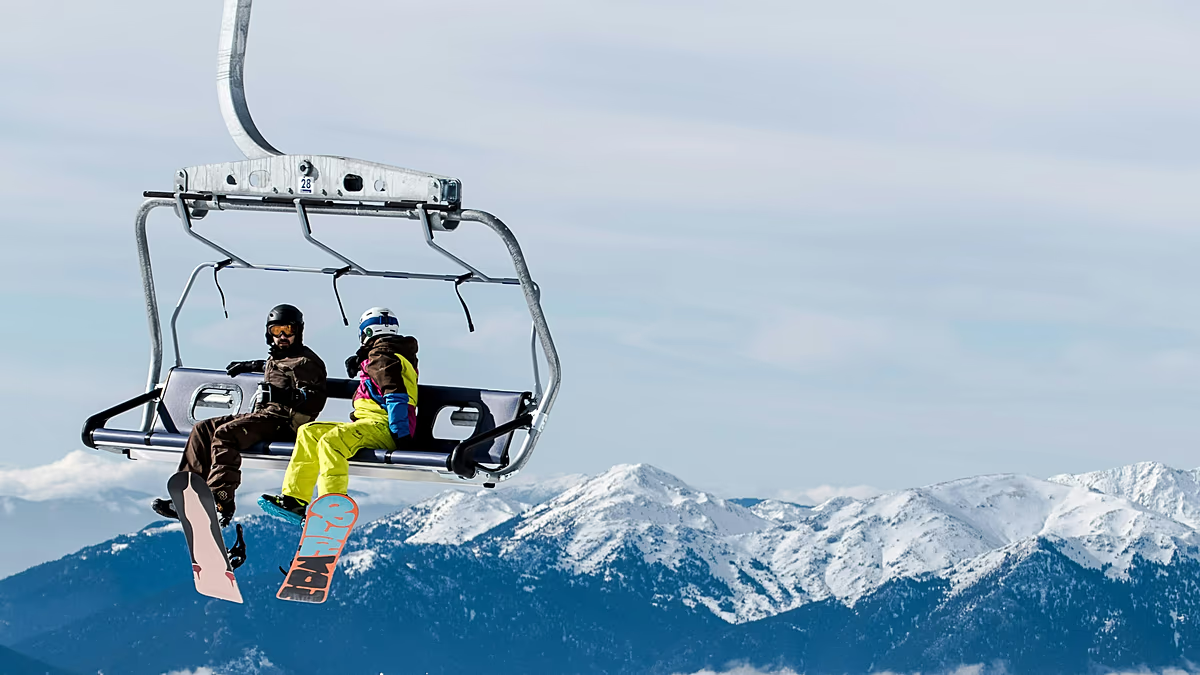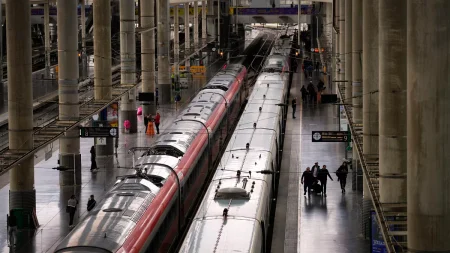Exploring Parma’s Cheese Heritage: The Parmigiano Reggiano Festival
Twice a year, the rolling countryside of Parma, Italy transforms into a cheese lover’s paradise during Caseifici Aperti, which translates to “Open Dairies.” This remarkable festival celebrates one of Italy’s most treasured culinary exports: Parmigiano Reggiano. The renowned cheese, often called the “King of Cheeses,” takes center stage as local dairies swing open their doors to visitors from around the world, offering an intimate glimpse into centuries-old traditions that have defined this region’s cultural and gastronomic identity. From the misty morning milking routines to the careful aging of massive cheese wheels, participants experience firsthand the meticulous craftsmanship behind every morsel of this protected designation of origin (PDO) product.
What makes Caseifici Aperti truly special is its authenticity and accessibility. Visitors don’t merely observe from behind glass barriers; they’re invited to immerse themselves in interactive workshops where skilled cheesemakers demonstrate the artisanal techniques passed down through generations. Hands plunge into warm whey, wooden paddles stir enormous copper vats, and the rhythmic movements of cheese-making become a form of practical education. The sensory experience extends beyond sight and touch to include guided tastings that highlight the subtle differences between cheeses aged for various periods—from the milder 12-month varieties to the complex, crystalline textures of those aged 36 months or longer. Each sample tells a story of terroir, cattle breed, seasonal milk variations, and the patient transformation that occurs as wheels mature in carefully controlled aging rooms.
The festival creates a unique bridge between rural traditions and contemporary appreciation for artisanal foods. Many participating dairies are family operations that have existed for generations, with cheese-making knowledge transmitted from parent to child across centuries. These families open not just their workplaces but share their personal stories, challenges, and triumphs in maintaining excellence while adapting to modern requirements. Visitors often find themselves seated at long tables in farmhouse kitchens or rustic dining halls, breaking bread with producers while sampling fresh ricotta, aged Parmigiano, and local accompaniments like Prosciutto di Parma, traditional breads, and regional wines. These intimate encounters foster conversations that transcend language barriers, creating meaningful connections between producers and consumers rarely found in today’s globalized food system.
Beyond the dairies themselves, Caseifici Aperti energizes the entire Parma region with complementary events that celebrate the broader food culture of Emilia-Romagna. Local restaurants create special menus highlighting innovative and traditional uses of Parmigiano Reggiano, from classic pasta dishes to unexpected dessert applications. Markets feature artisanal producers offering related products—aged balsamic vinegars from nearby Modena, local honey, handcrafted pasta, and seasonal produce that pairs beautifully with the star cheese. Cultural institutions join the celebration with exhibitions on the history of cheese-making in the region, displays of historical tools and techniques, and lectures exploring the economic and cultural significance of this enduring industry. The festival effectively transforms Parma into a comprehensive classroom for understanding how a single food product can shape regional identity for centuries.
The timing of Caseifici Aperti—typically held once in spring and once in autumn—allows visitors to experience the seasonal variations that influence dairy production. Spring events showcase the effects of cattle grazing on fresh pastures rich with diverse herbs and flowers, resulting in milk with distinctive aromatic properties. Fall events highlight the deeper, richer milk produced as cows transition to different feed sources. This seasonal rhythm underscores the living, breathing nature of traditional food production—a sharp contrast to industrialized systems that strive for year-round uniformity. Weather permitting, some dairies even organize outdoor experiences where visitors can observe grazing cattle, meet the farmers responsible for animal husbandry, and understand the vital connection between landscape stewardship, animal welfare, and final product quality. This holistic view of the production chain helps participants appreciate why Parmigiano Reggiano commands premium prices and fierce protection of its traditional methods.
What begins as culinary tourism often evolves into something more profound for participants in Caseifici Aperti. Many visitors report leaving with transformed perspectives on food value, production ethics, and the importance of preserving culinary heritage. The intimate scale of production—where producers know their cows by name and can trace the lineage of their starter cultures back decades—stands in stark contrast to the anonymity of industrial food systems. This reconnection with food sources and the human stories behind them frequently inspires changed purchasing habits and greater appreciation for traditional foods facing pressure from mass-produced alternatives. As participants return home carrying carefully wrapped wedges of Parmigiano Reggiano, they bring with them not just souvenirs but ambassadorship for a way of life that balances tradition and innovation, respect for the past and sustainability for the future. In this way, Parma’s open dairies serve as both guardians of cultural heritage and educators shaping contemporary food consciousness around the world.









